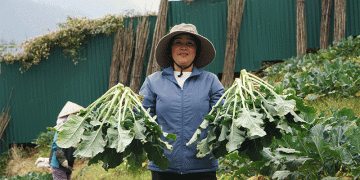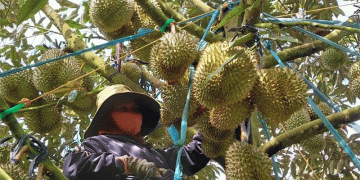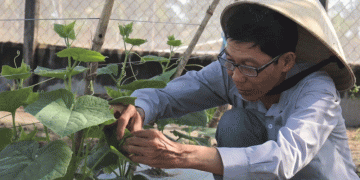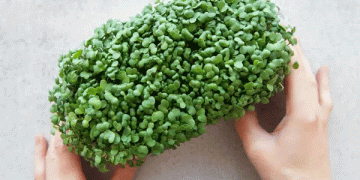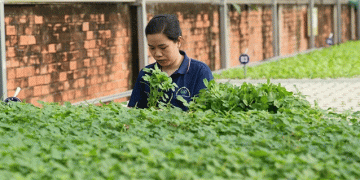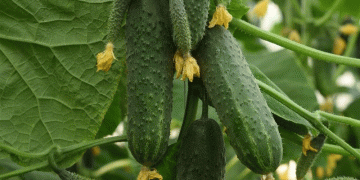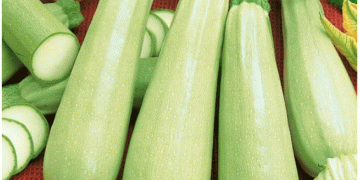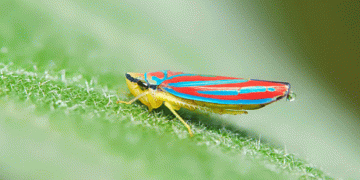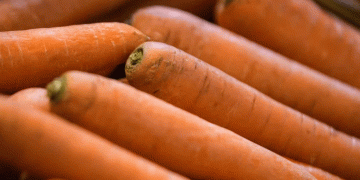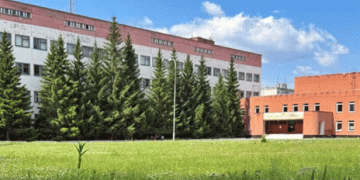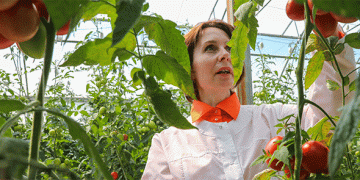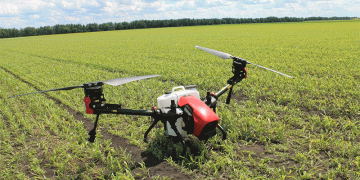The Bessonovsky onion, or “Russian Golden,” was once a staple of Soviet agriculture, renowned for its exceptional storage longevity (up to 8–9 months) and sharp, rich flavor. It was considered a strategic crop, vital for food security and public health due to its high vitamin C and phytonutrient content. However, despite its historical significance, this variety has almost vanished from commercial production in Russia’s Penza region and beyond.
Why Farmers Stopped Growing It
According to the Penza Ministry of Agriculture, the main obstacle is the loss of original parent seed lines. Open-pollinated varieties like Bessonovsky require careful seed selection and maintenance—something that was neglected after the collapse of large-scale Soviet collective farming. Without preserved breeding stock, restoring the pure variety is nearly impossible.
Instead, farmers now rely on modern hybrid onions, which offer higher yields, disease resistance, and uniformity. Data from the FAO (2023) shows that hybrid onion varieties can produce 20–30% more yield per hectare compared to traditional types. Additionally, the Russian Federal State Statistics Service (Rosstat, 2023) reports that hybrid onions dominate the market, covering over 85% of commercial onion production due to their adaptability to mechanized farming.
Is There a Future for Heritage Onions?
While the Bessonovsky onion remains a cultural icon, its commercial revival faces hurdles:
- Lack of genetic preservation: Unlike hybrids, heritage varieties depend on continuous seed saving—a practice that dwindled in post-Soviet agriculture.
- Market demands: Consumers and retailers prioritize appearance and shelf stability over unique flavors, pushing farmers toward standardized hybrids.
- Research gap: Few breeding programs focus on reviving old cultivars, as funding leans toward high-yield, disease-resistant hybrids.
The disappearance of the Bessonovsky onion reflects a broader trend in agriculture: the shift from locally adapted heritage crops to globally optimized hybrids. While modern varieties meet efficiency and market demands, the loss of genetic diversity poses long-term risks. For agronomists and farmers, balancing productivity with biodiversity preservation remains a critical challenge.















